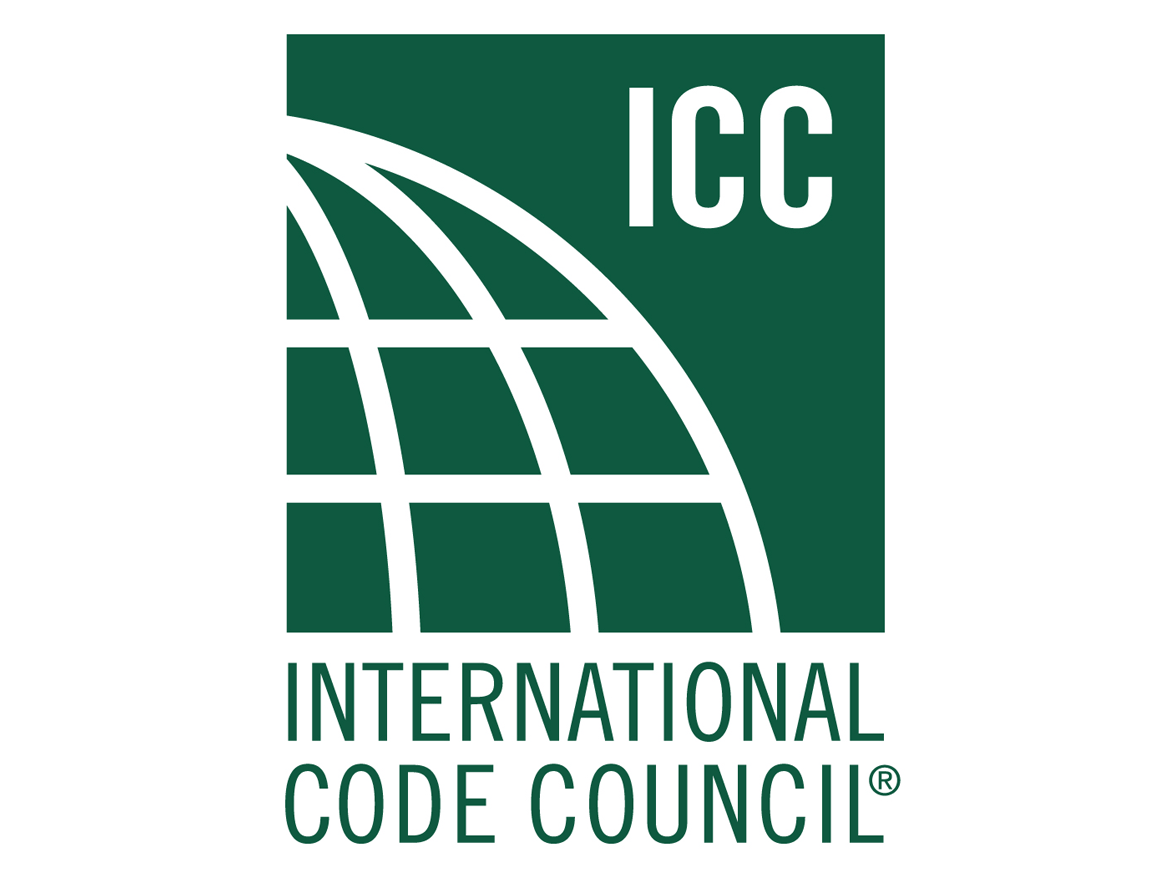Credits: 1 AIA LU/HSW; 1 AIBD P-CE; 0.1 ICC CEU; 0.1 IACET CEU
May qualify for learning hours through most Canadian architectural associations
This webinar is part of the Interiors Academy.
Tiny homes, micro homes, accessory dwelling units (ADU), and casitas. Whether designed as a rental, a place for returning children or aging parents, or as a potential solution to the homelessness/unhoused crisis, going small provides big opportunities for architects. Along with the modest footprint and infill potential, tiny homes also offer a chance to create unbeatable sustainable projects. All-electric, well-insulated, comfortable, and durable tiny homes can be the model of energy conservation, durability, and carbon-neutral design.
However, without thoughtful consideration, a tiny home can feel like a repurposed garden shed—dark, cramped, and dismal. A critical part of tiny home design is understanding the importance of light and color in creating vibrant environments that feel full-sized, even in smaller spaces.
This AIA-accredited continuing education webinar explores how tiny homes and buildings under 600 square feet are becoming increasingly popular and can become a competitive advantage for architects looking to expand their design and client base. It will also look at how the specification of color, inside and out, plays an important role in creating a space that satisfies both the occupant’s well-being and sustainable goals.
Learning Objectives:
- Explain the concept of what a tiny house is relative to traditional housing design.
- List the ways a tiny house can achieve sustainability and durability goals without sacrificing comfort or aesthetics.
- Discuss how architects and designers can help lead the way in improving indoor comfort, health, and productivity of occupants through the specification of color.
- Explain the importance of coordinating color choices on the interior and exterior to improve the healthful design of tiny homes.
Sponsored by:




